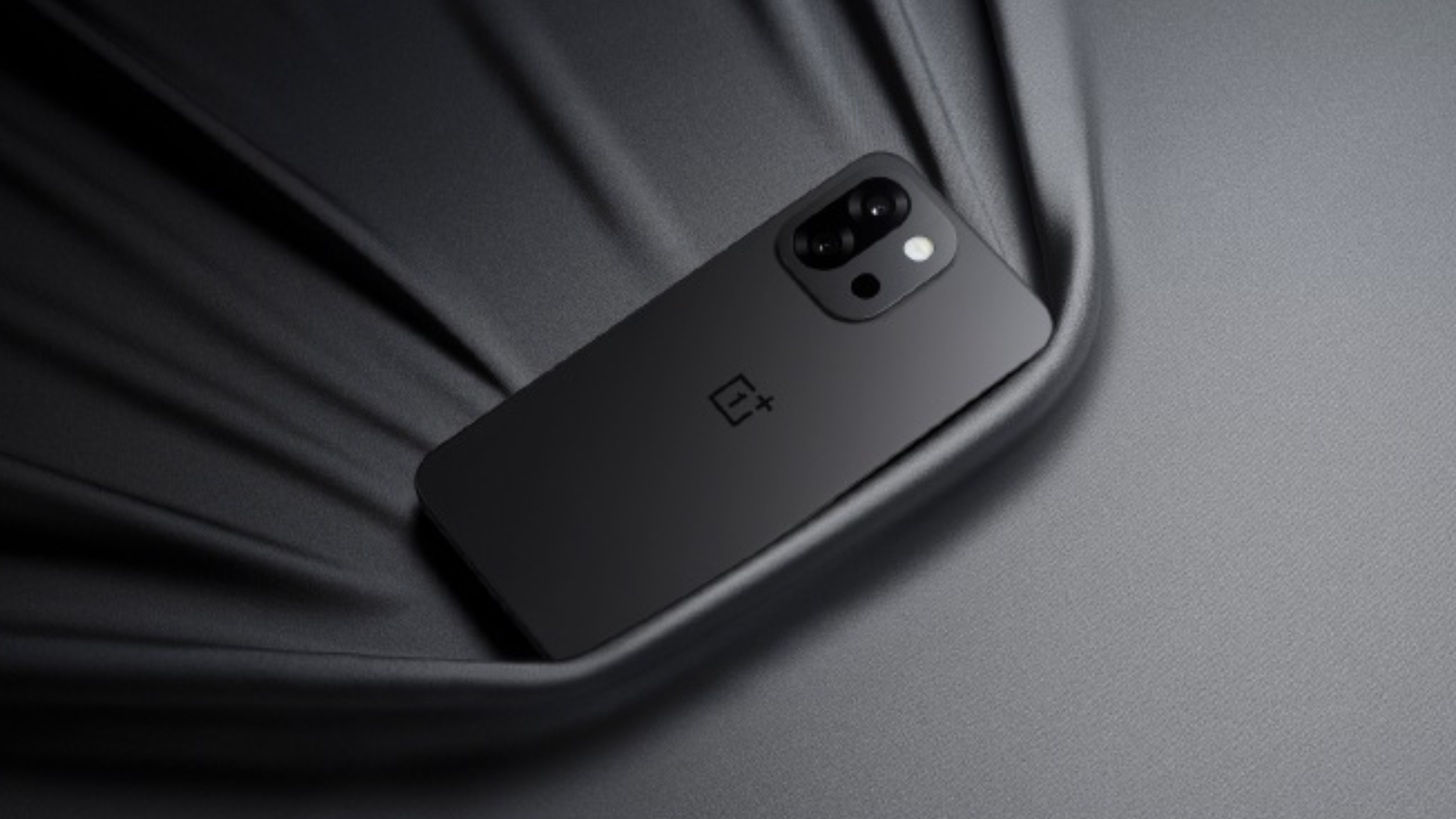Huawei P9: The first 7 things you need to know
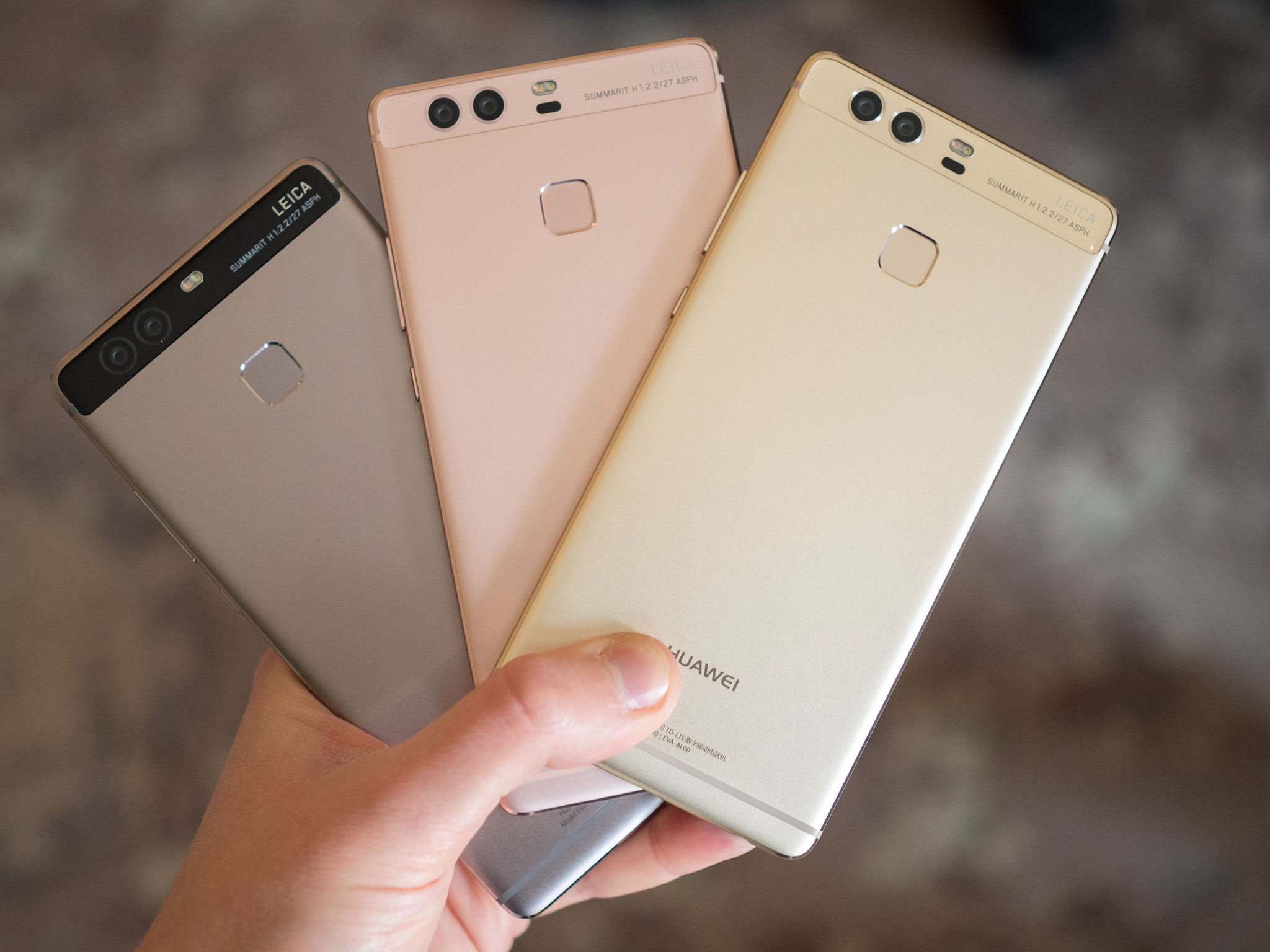
The Huawei P9 is upon us, having just been unveiled to the world at its London launch event. The big focus this time around, without a doubt, is photography, as Huawei pushes its partnership with Leica in an effort to stand out in the crowded high-end Android space.
But there's more to this phone than just the Leica brand and the aforementioned dual camera setup. Let's dive deeper and take a look at some of the major P9 facts and features you might have missed.
It's got two cameras — and more
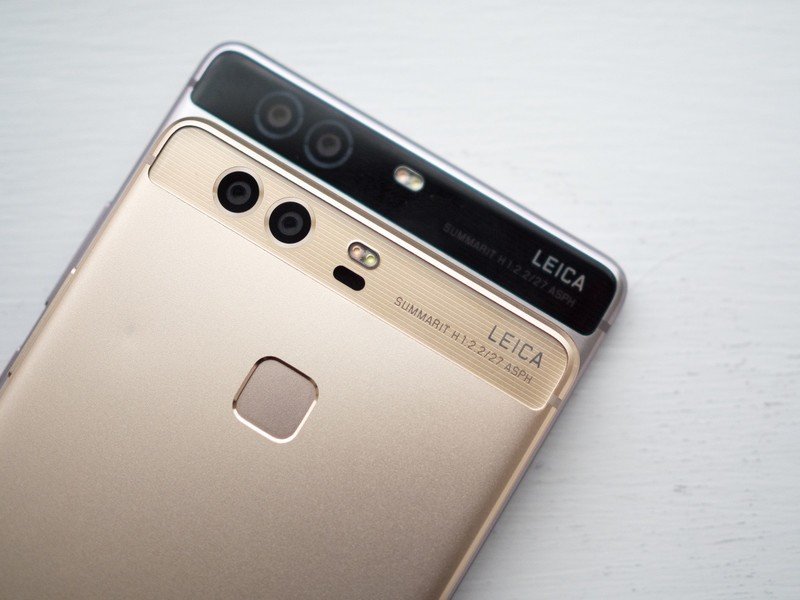
OK, let's get the really obvious one out of the way first. The Huawei P9 has two 12-megapixel cameras around the back, "co-engineered," the firm says, in partnership with German camera-maker Leica. One sports a monochrome (black and white) sensor, the other a traditional color (RGB) sensor, and it's this combination Huawei says lets the camera soak up three times as much light as an equivalent single-sensor setup, producing pics with 50 percent more contrast.
The dual camera system is paired with laser autofocus system, giving it multiple options for keeping its subject in sharp focus. Up close, the lasers do the legwork. For distance, the P9 uses depth information calculated based on the images from both the monochrome and color cameras. (In much the same way our eyes help us perceive depth.)
That's all helped along by a dedicated dual-core ISP (image signal processor) specifically designed to handle depth information — the first of its kind, the manufacturer claims.
Wide aperture mode

Wide aperture mode, first seen in the Honor 6 Plus, returns in the Huawei P9. Because each photo taken on the P9 also captures depth information, it's possible to simulate bokeh effects in software, in a similar way to what HTC introduced with the Duo camera back with the HTC One M8.
This can be done either in the camera app directly, by selecting wide aperture mode and tapping to focus, then adjusting the slider to choose anywhere between f/0.95 and f/16. Of course, this isn't a true depth of field, but an approximation based on the depth information captured by the dual camera system. It's mostly accurate, but can trip up when used with softer subjects or translucent objects.
Be an expert in 5 minutes
Get the latest news from Android Central, your trusted companion in the world of Android
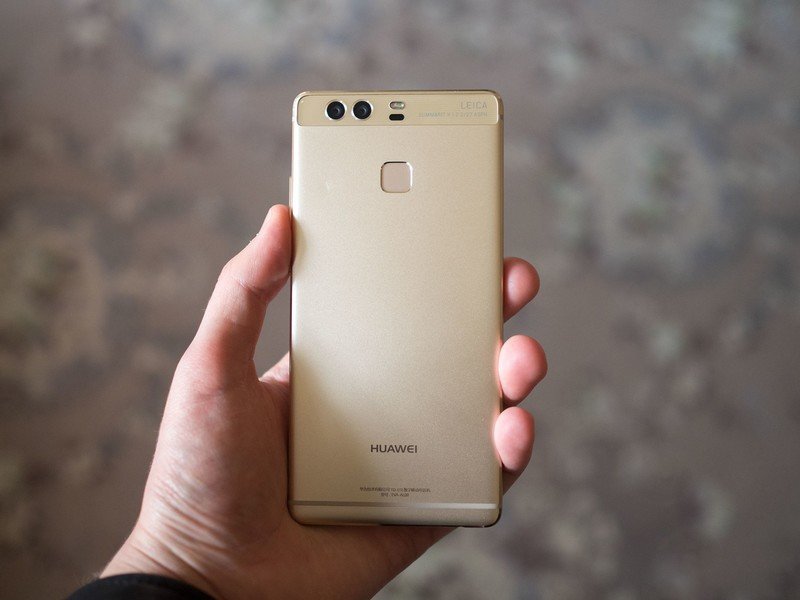
Latest Huawei CPU
Huawei continues its use of homegrown Kirin CPUs in its high-end phones, and the Huawei P9 sees the debut of the new Kirin 955 chip, an upgraded version of the Kirin 950 introduced in the Mate 8. Like that chip, it's built on a power-efficient 16nm FinFET manufacturing process, however the clock speeds have been increased — up to 2.5GHz for the four powerful ARM Cortex-A72 cores, and up to 1.8GHz for the lower-power Cortex-A53 cores.
Huawei's new depth-sensing, triple-focusing ISP is another new addition in Kirin 955, giving it extra number-crunching hardware to compute depth based on its laser autofocus unit, or the two rear-facing cameras.
USB Type-C
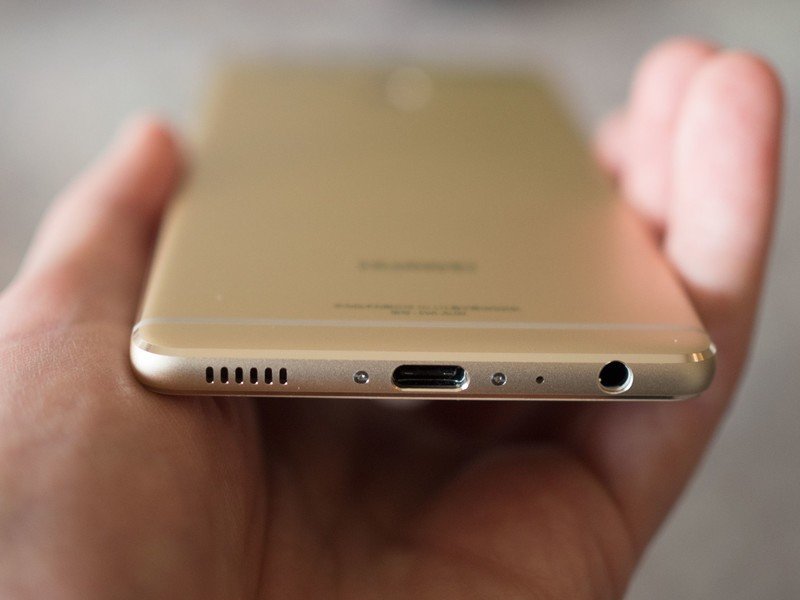
We're still in the awkward transition phase between microUSB and the new USB Type-C. The P9, however, stands out as the first Huawei handset to use the new reversible USB port. In theory that enables faster charging, however the bundled charging brick maxes out at 5V/2A. We're told the regular P9 doesn't "officially" support quick charging at higher voltages, a la Qualcomm Quick Charge, but we'll be investigating in the days ahead to find out whether it can charge at up to 3A with the right charger, like Huawei's own Nexus 6P.
It's also unclear whether the phone supports USB 3.1 or not — if it does, Huawei neglected to mention during the P9 press conference.
As is often the case, USB Type-C is a bit of a mixed bag. But hey, at least you don't need to worry about plugging it in upside down anymore.
There's a P9 Plus, too!
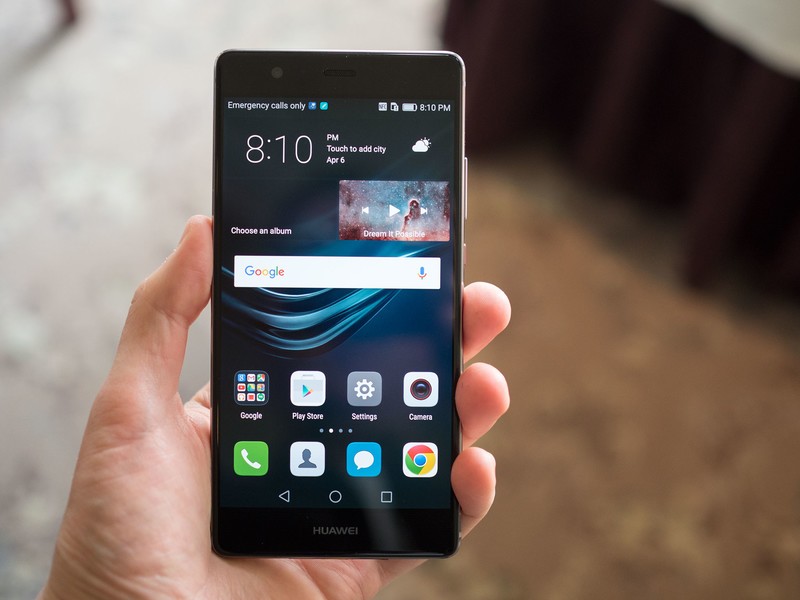
In addition to the regular P9, the Huawei P9 Plus will also launch later in May across Europe and Asia. As the name suggests, it'll ship with a larger display — a 5.5-inch AMOLED panel at the same 1080p resolution — along with a bunch of other notable hardware upgrades. The Plus boasts 4GB of RAM and 64GB of storage, up from the 3GB and 32GB of the base model P9. And there's a stereo speaker system hidden away inside, too.
What's more, the battery has been cranked up to an ample 3,400mAh, and Huawei has crammed an IR blaster into the top bezel for controlling your TV.
Around the back, there's the same dual camera and fingerprint sensor from the smaller model, encased in a slightly different aluminum frame, this time with a brushed metal pattern and a slightly glossier finish.
There's a 720p mode for saving power
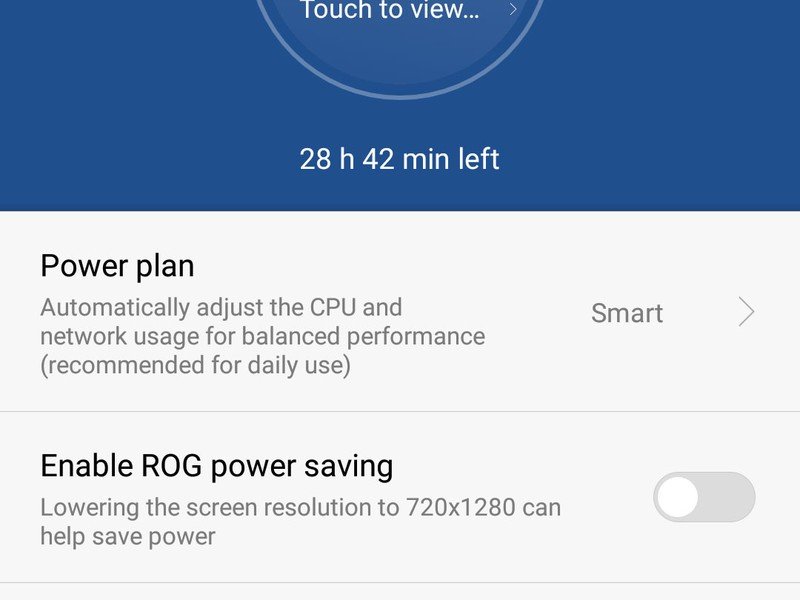
If you've used a Huawei phone before, you'll be aware of the company's many power-saving features, including the ability to set a "power plan" to adjust the phone's balance between performance and longevity. The P9 includes a neat addition to this feature set — "ROG Power Saving." This lets you run your 1080p phone in 720p mode to conserve battery power without rebooting — although switching this feature on or off will require closing any apps that are running.
The difference is noticeable — you're halving the number of pixels on-screen. But it doesn't look terrible, and if you're after another way to claw back battery power on days when you're pushing the P9 to its limits, ROG Power Saving is a decent option to have.
Coming to Europe and Asia later in April
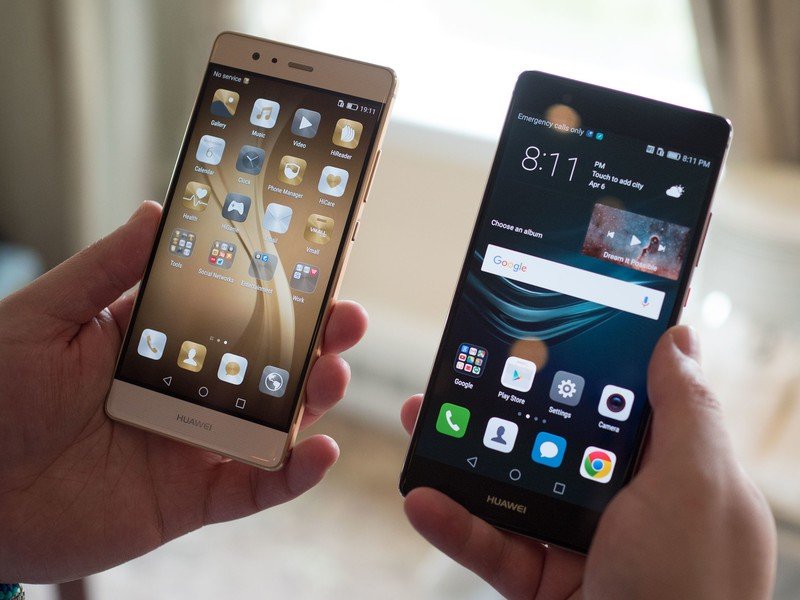
The regular Huawei P9 will land in Europe and Asia — no U.S. launch plans were announced today — later this month.
The 3GB P9 will go on sale on April 16 for €599, while the more capable 4GB version will run you €649. If you're looking for the larger P9 Plus, Huawei plans to make it available on the same day for €749.
As far as carriers go, Vodafone UK and O2 UK have confirmed they'll range both the P9 and P9 Plus, while Three UK and EE say they'll offer the regular Huawei P9.
Are you planning on picking up the Huawei P9 or P9 Plus? Shout out in the comments!

Alex was with Android Central for over a decade, producing written and video content for the site, and served as global Executive Editor from 2016 to 2022.
